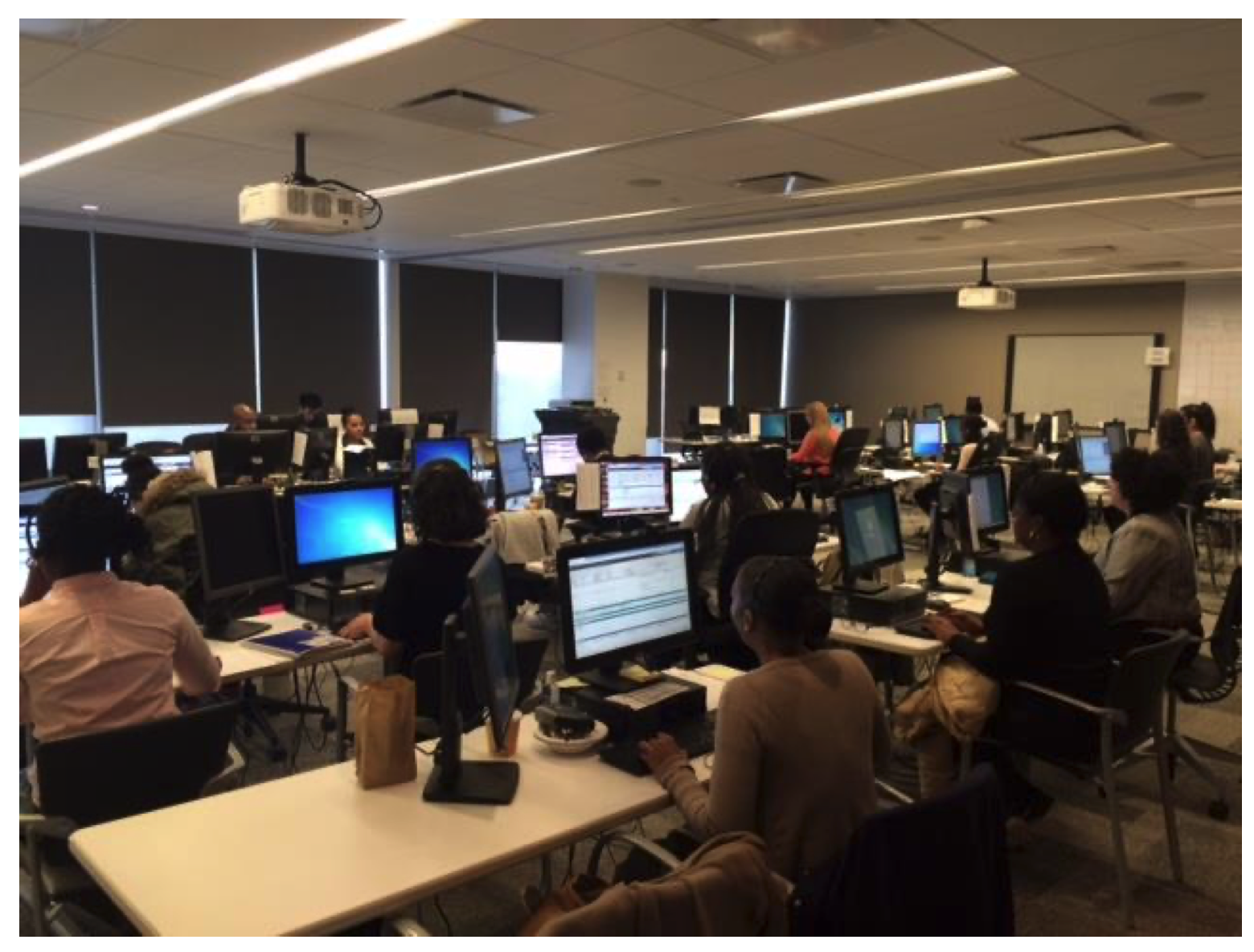May 16, 2016
SUMMARY
New York City (NYC) began monitoring individuals returning from countries affected by Ebola Virus Disease (EVD) in the fall of 2014, in response to a directive from the Centers of Disease Control and Prevention (CDC). Using almost $1.7 million in Public Health Emergency Preparedness funds (including the EVD supplemental) and $3.5 million in Urban Areas Security Initiative funds, the NYC Department of Health and Mental Hygiene (DOHMH) quickly adapted existing structures to stand up an active monitoring system. The system allowed DOHMH staff to identify symptomatic persons and ensure that they received prompt treatment. DOHMH’s approach can serve as a model for other jurisdictions to rapidly establish an epidemiological monitoring system during a contagious disease outbreak.
DESCRIPTION
The term “active monitoring” refers to a heightened state of surveillance of individuals or populations potentially exposed to a communicable disease, versus relying on those individuals to report symptoms themselves. Early in the response to EVD, the CDC determined which individuals required active monitoring by state and local public health departments. In October 2014, the CDC and U.S. Customs and Border Protection began sending DOHMH the necessary information to contact those individuals (e.g., name, home address, address while in NYC). DOHMH’s initially created ad hoc structures for this system using a mix of existing tools of commercial products and an existing secure data collection system developed by DOHMH called Survey Builder. The evolving guidance on inclusion and reporting requirements were handled using a flexible architecture that allowed for scalability, version control, and continual use. In June 2015, DOHMH further improved its system by transferring the entire operation over to Maven, a federally funded system for facilitating day-to-day surveillance of communicable diseases.
Using the data in the active monitoring system, DOHMH call center staff initiated contact with potentially exposed individuals. Staff members called each person twice per day to check on their temperature and ascertain whether they were displaying any symptoms of EVD. For those persons under direct active monitoring, which requires visual observation, call center staff used a secure video chat platform that the Bureau of Tuberculosis Control had previously used for directly observed medication therapy.
At the peak of the EVD response, the DOHMH call center employed approximately 20-30 staff members responsible for monitoring 400 people per day. As of October 2015, DOHMH had monitored a total of 5,200 people. The rapid evolution of the active monitoring system enabled NYC to keep track of all potentially infected individuals and prevent the spread of EVD.

NYC was able to stand up the active monitoring system in a matter of days (DOHMH)
REFERENCES
Interim U.S. Guidance for Monitoring and Movement of Persons with Potential Ebola Virus Exposure; CDC.gov. October 9, 2015; Accessed November 4, 2015. http://www.cdc.gov/vhf/ebola/exposure/monitoring-and-movement-of-persons-with-exposure.html
Millman AJ, Chamany S, Guthartz S, et al. Active Monitoring of Travelers Arriving from Ebola-Affected Countries — New York City, October 2014–April 2015. MMWR Morbidity Mortality Weekly Report 2016;65 (3);51–54.


